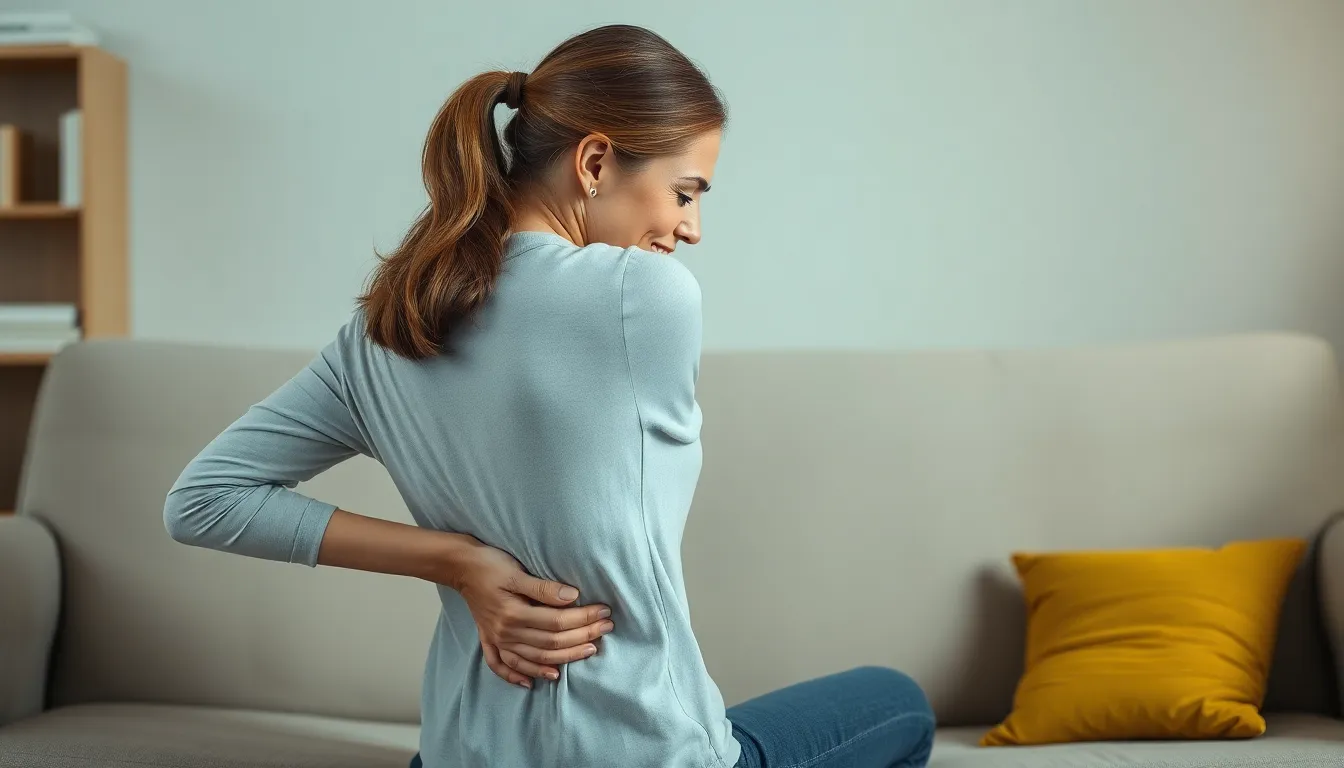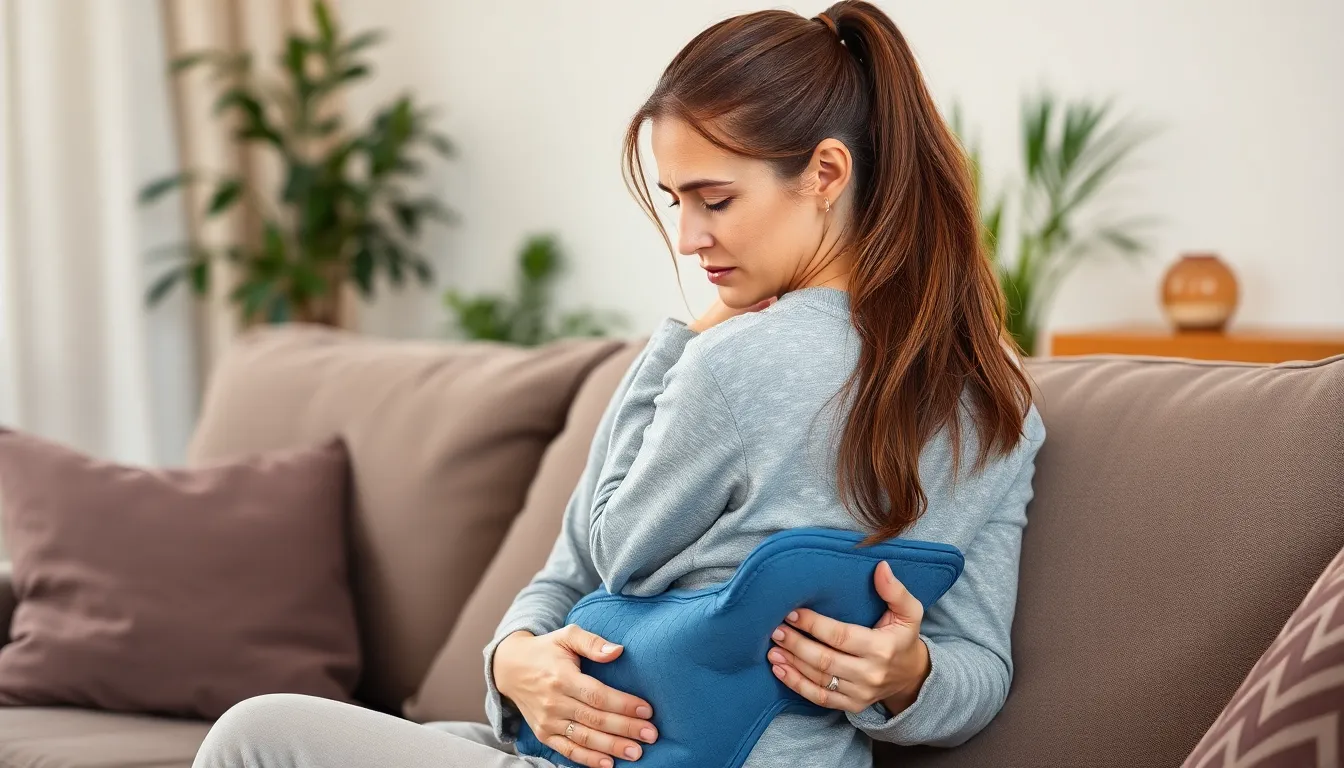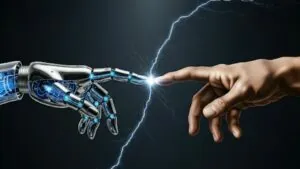Table of Contents
ToggleOvarian cysts are common and often harmless fluid-filled sacs that develop on the ovaries. While many women experience little to no symptoms, some may face discomfort that can extend beyond the pelvic region. One question that frequently arises is whether these cysts can lead to back pain.
Understanding the connection between ovarian cysts and back pain is crucial for those experiencing unexplained discomfort. It’s essential to recognize that while ovarian cysts can cause various symptoms, the relationship between them and back pain isn’t straightforward. Exploring the potential causes and symptoms can help women make informed decisions about their health and seek appropriate care when needed.
Understanding Ovarian Cysts
Ovarian cysts are common and often harmless fluid-filled sacs on the ovaries. While many women might experience no symptoms, some may feel discomfort that radiates to the back. Recognizing the types and symptoms associated with ovarian cysts provides essential insights into their impact on overall health.
Types of Ovarian Cysts
- Functional Cysts: Functional cysts are the most prevalent type, occurring during the menstrual cycle. They include follicular cysts and corpus luteum cysts.
- Dermoid Cysts: Dermoid cysts contain various tissues, such as hair and skin cells. These cysts develop from germ cells and can be present from birth.
- Endometriomas: Endometriomas arise from endometriosis, a condition where uterine tissue grows outside the uterus. These cysts may cause pain.
- Cystadenomas: Cystadenomas develop from ovarian tissue and can be filled with either a watery or mucous substance. They may grow large and require medical attention.
Symptoms of Ovarian Cysts
- Pelvic Pain: Women may experience sharp or dull pelvic pain, which can vary based on the cyst’s size and type.
- Back Pain: Some women report back pain linked to the pressure cysts exert on surrounding structures.
- Menstrual Irregularities: Changes in menstrual cycles, such as missed periods or heavy bleeding, may occur.
- Bloating: A sensation of fullness and bloating is common, especially with larger cysts.
- Urinary Symptoms: Increased urgency or frequency in urination can arise if a cyst presses on the bladder.
Understanding these types and symptoms contributes to recognizing when to seek medical evaluation, aiding in early detection and management of potential complications.
The Connection Between Ovarian Cysts and Back Pain

Ovarian cysts can contribute to back pain, though the relationship isn’t always direct. Recognizing how ovarian cysts might lead to discomfort is vital for effective management.
How Ovarian Cysts Might Cause Back Pain
Ovarian cysts may exert pressure on surrounding organs or tissues. This pressure can result in discomfort radiating to the lower back. Inflammation occurs if a cyst ruptures, amplifying pain. Certain cyst types, like endometriomas, can also cause pelvic pain that extends to the back due to their connection to the reproductive system. Hormonal changes associated with the menstrual cycle can also heighten pain perception.
Other Potential Causes of Back Pain
Other conditions besides ovarian cysts can lead to back pain. Conditions such as muscle strains, herniated discs, or sciatica may occur concurrently. Hormonal changes during menstruation can result in mild back pain unrelated to cysts. Additionally, lifestyle factors, including poor posture and physical inactivity, contribute to back discomfort. Conditions like fibroids or pelvic inflammatory disease can further complicate symptom presentation, making accurate diagnosis essential for targeted management.
Diagnosing Ovarian Cysts
Diagnosing ovarian cysts involves a combination of medical examinations and imaging techniques. Accurate diagnosis is essential for determining the appropriate management and addressing any associated symptoms, including back pain.
Medical Examinations and Imaging
Healthcare providers typically start with a thorough medical history and physical examination. They assess symptoms such as pelvic pain, bloating, or irregular menstrual cycles. Imaging studies are crucial for confirming the presence of ovarian cysts. The most common imaging techniques include:
- Ultrasound: A non-invasive method that uses sound waves to create images of the ovaries, providing clear visuals of cyst characteristics.
- CT Scan: Offers detailed images of internal organs, helpful for evaluating larger or complex cysts.
- MRI: Provides comprehensive imaging, particularly beneficial in assessing suspected endometriomas or complex cysts.
These imaging techniques help differentiate between harmless functional cysts and potentially problematic cysts that may require further intervention.
Differential Diagnosis
Determining the presence of ovarian cysts involves a differential diagnosis to rule out other conditions with similar symptoms. Some key considerations include:
- Ectopic Pregnancy: A pregnancy occurring outside the uterus can mimic cyst symptoms.
- Pelvic Inflammatory Disease (PID): An infection in the reproductive organs can cause pelvic pain and mimic cyst-related discomfort.
- Fibroids: Non-cancerous growths in the uterus can also contribute to pain and pressure sensations.
- Appendicitis: Symptoms may overlap with those of ovarian cysts, making accurate diagnosis essential.
Evaluating these conditions allows healthcare providers to determine the precise cause of symptoms, aiding in effective treatment strategies.
Treatment Options
Various treatment options exist for managing ovarian cysts, particularly when symptoms such as back pain arise. Approaches may range from conservative management to surgical interventions, depending on factors like the type of cyst and overall symptoms.
Conservative Management
Conservative management focuses on alleviating symptoms and monitoring the cysts. Healthcare providers often recommend the following:
- Pain relief medications: Over-the-counter options, like ibuprofen or acetaminophen, can relieve discomfort from back pain.
- Hormonal birth control: Hormonal contraceptives may regulate menstrual cycles and prevent the formation of new cysts, potentially reducing associated pain.
- Observation: Regular monitoring can be appropriate if a cyst is asymptomatic. Ultrasounds may be scheduled to track any changes in size or symptoms.
Employing conservative approaches may effectively manage mild cases without the need for invasive procedures.
Surgical Interventions
When ovarian cysts cause significant symptoms or complications, surgical interventions may be necessary. The following procedures are common:
- Laparoscopy: A minimally invasive procedure where a small camera and instruments are inserted through tiny incisions. It’s often used to remove cysts while preserving ovarian tissue.
- Laparotomy: This more invasive surgery involves a larger incision to access the abdomen. It’s typically reserved for larger cysts or when there is suspicion of cancerous growth.
- Oophorectomy: In cases where cysts reoccur or complications arise, removal of one or both ovaries may be indicated. This is a more radical approach aimed at preventing future issues.
Healthcare professionals determine the best surgical option based on cyst characteristics and patient health.
Understanding the connection between ovarian cysts and back pain is essential for women experiencing discomfort. While ovarian cysts can be a source of pain, especially when they exert pressure on surrounding organs, it’s crucial to consider other potential causes. Recognizing symptoms and seeking timely medical evaluation can lead to accurate diagnoses and effective treatment options.
Women should remain informed about their bodies and any changes they experience. By doing so, they empower themselves to make informed decisions about their health. Consulting with healthcare professionals can provide clarity and guidance, ensuring that any underlying issues are addressed appropriately.




